SF Bay Area Schools Will Finally Include WWII Sacrifices of Filipinos in History Books
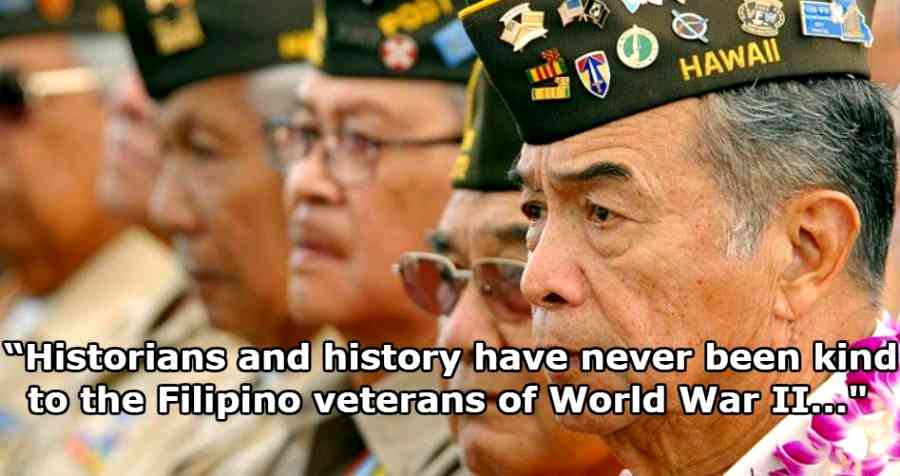

By Carl Samson
September 25, 2017
Starting this semester, grade 11 history books in the San Francisco Bay Area will include information on the sacrifices of Filipino veterans during the second World War, filling a gap that has long been forgotten.
Cecilia Gaerlan, executive director of the Bataan Legacy Historical Society, hopes that this knowledge will eventually be available nationwide.
“We may have done the first step last year, but full implementation has yet to come,” she told Inquirer.net at a University of San Francisco conference. “We are starting with creation of the lesson plans and hopefully we can disseminate these throughout California then eventually throughout the United States.”
Gaerlan expects that disseminating the lesson plans in California alone would take three to five years, but action will simultaneously be taken at the national level.
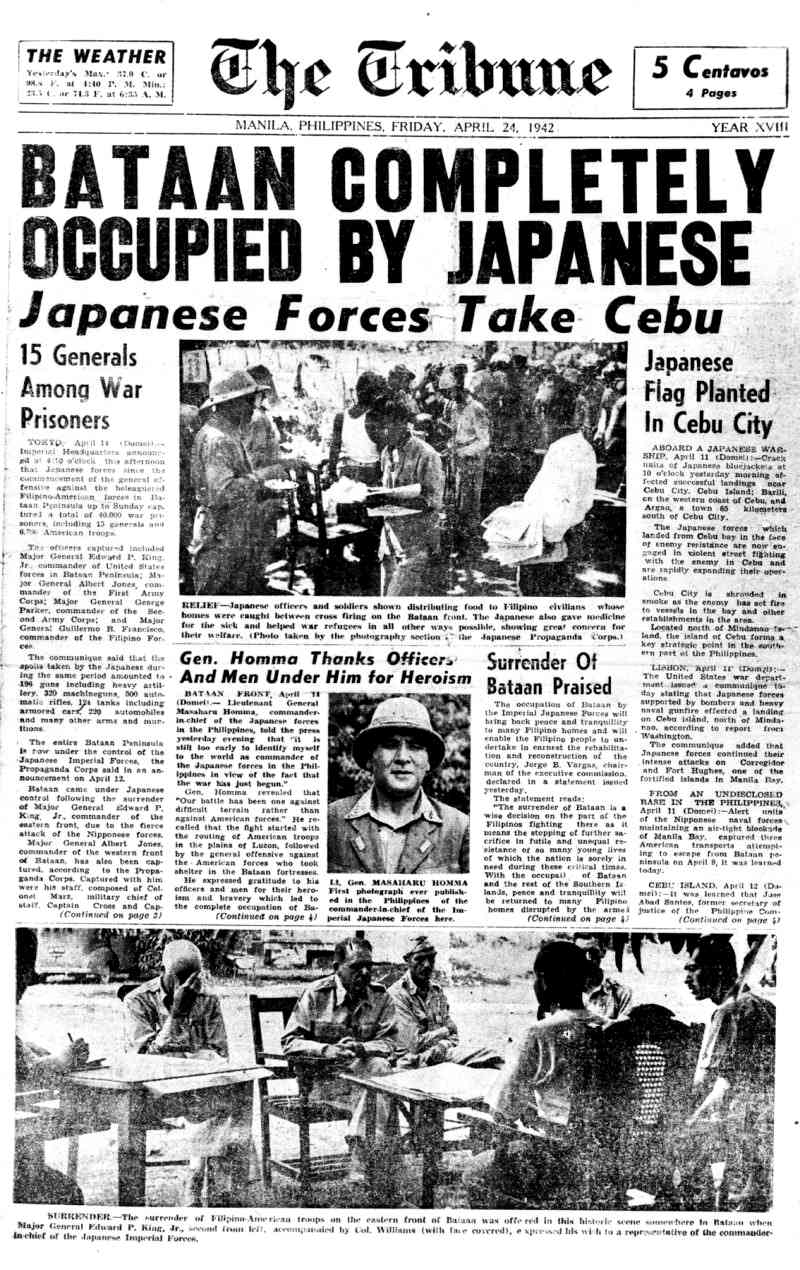
Meanwhile, retired U.S. Army Major General Antonio M. Taguba claimed that historians have never been “kind” to Filipino veterans:
“Historians and history have never been kind to the Filipino veterans of World War II for unknown reasons. We rarely talk about victory in Japan day and what happened in the Philippines because Bataan and the Bataan Death March were a large defeat of the American military forces. Nobody likes to talk about defeat.”
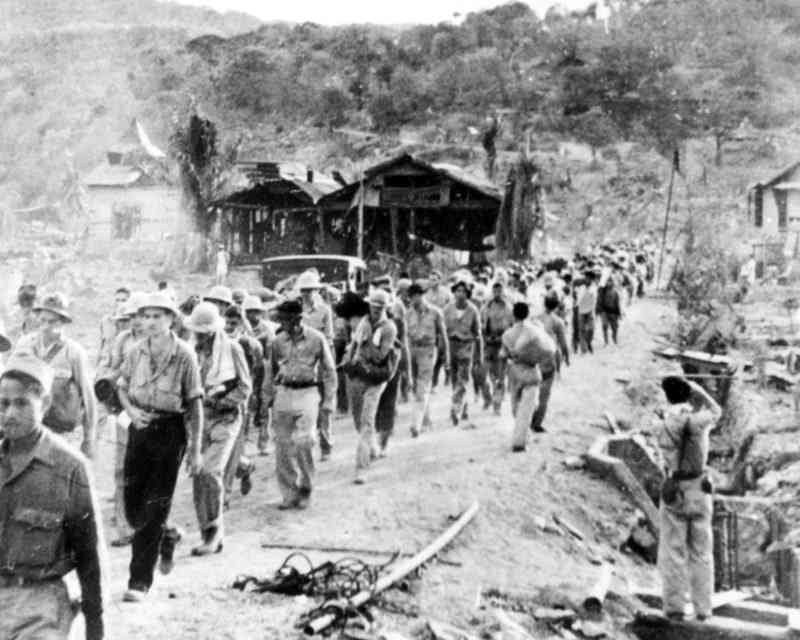
“But it is also important to know why they were captured and defeated at the time when the Philippines could have been a Japanese territory today. To the victorious achievement, the tenacity and bravery and courage of our Filipino veterans and their American comrades, we are happy to have this history and we need to tell that now so we can tell our grandkids and the generations to come,” Taguba added.
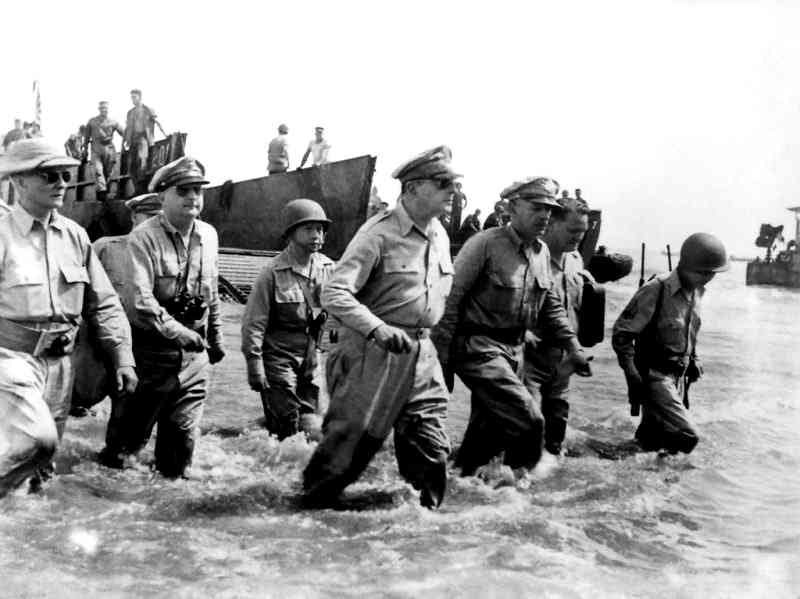
More than 250,000 Filipino soldiers responded to President Franklin Roosevelt’s call to arms in 1941 and eventually fought under the American flag at the height of World War II. They fought against Imperial Japan, which then conquered Korea and parts of China, Taiwan and Russia, Priceonomics noted.
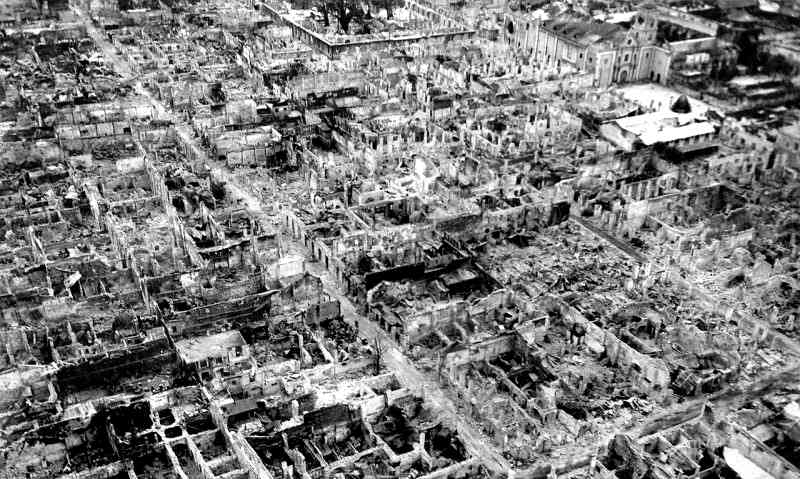
In exchange for their service, Filipino soldiers were promised U.S. citizenships and full veterans benefits. Unfortunately, of some 200,000 survivors, only 4,000 veterans were granted citizenships as President Harry Truman defaulted in 1946, leading to years of struggle for recognition.
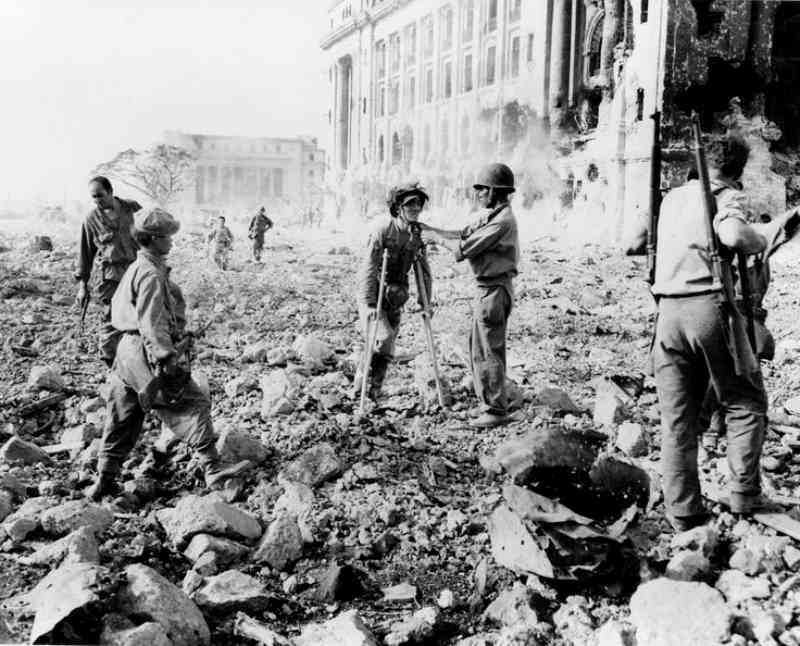
For now, alongside efforts to disseminate knowledge on their sacrifices, veterans are awarded a one-time compensation through the Filipino Veterans Equity Compensation Fund. Eligible U.S. citizens receive $15,000, while non-U.S. citizens receive $9,000.
At least 18,000 claims have been approved to date.
Share this Article
Share this Article